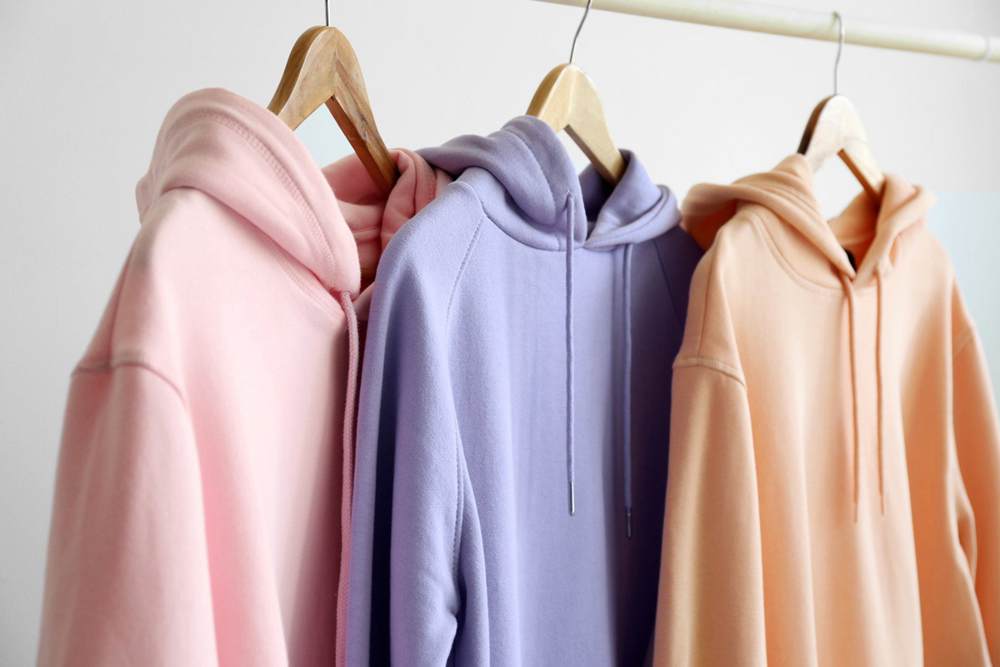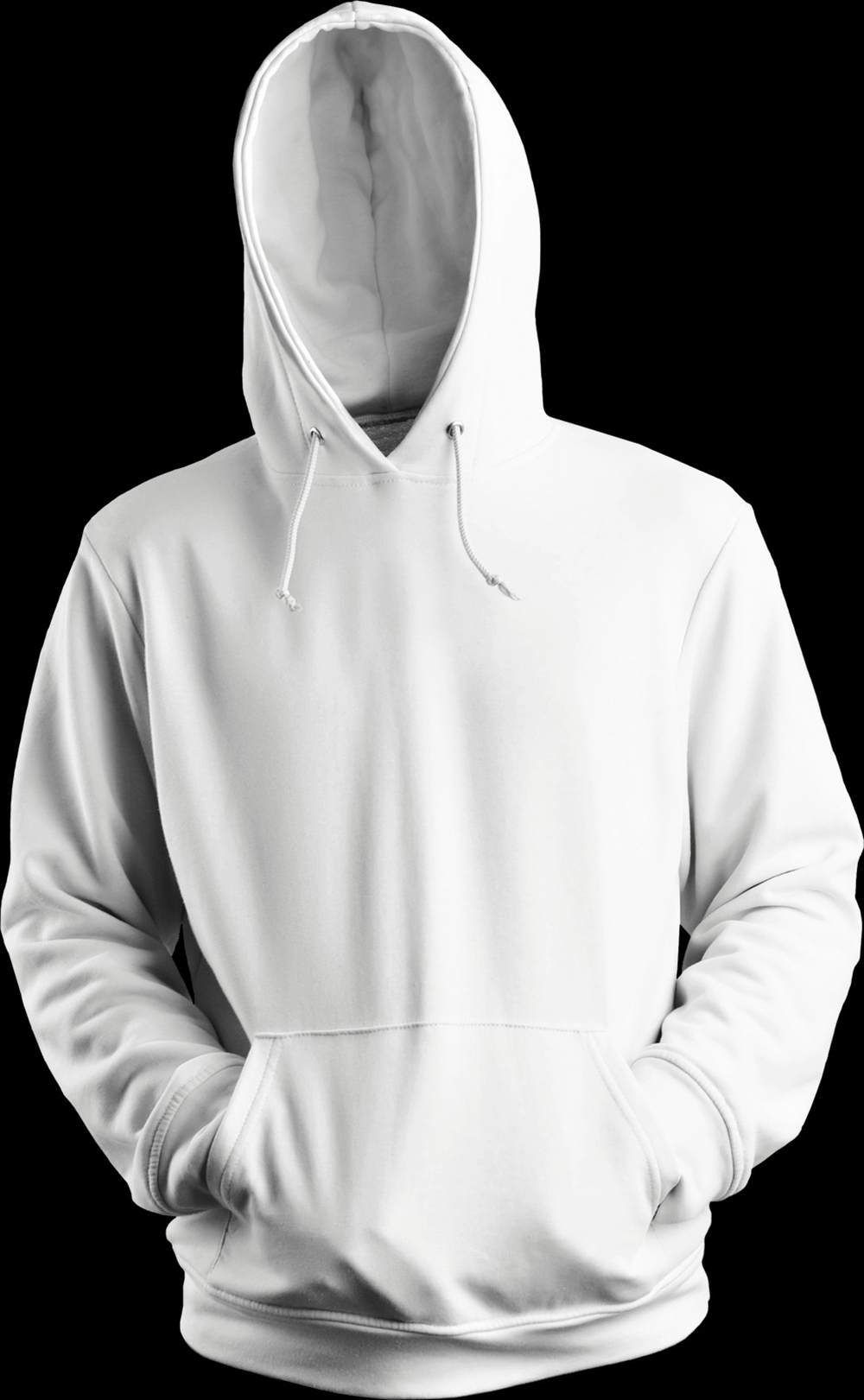
Hoodies are a wardrobe staple for many people. The soft, cozy sweatshirt with a hood is a go-to for casual wear, athleisure, loungewear and more. When shopping for a hoodie, one of the most important factors to consider is the fabric. The right fabric will provide the comfort, durability and performance you need from your hoodie.
In this complete guide, we will cover the best fabrics for hoodies based on factors like softness, breathability, warmth and versatility. We will compare and contrast fabrics like cotton, polyester, fleece, wool, cashmere and more. We will also provide fabric care tips to help your hoodie last. Let’s get started!
Table of Contents
Cotton Hoodies

Cotton is the most common fabric used to make hoodies. Here are some benefits of cotton hoodies:
- Soft and comfortable – Cotton has a soft handfeel that makes it comfortable against the skin. The fabric has some natural stretch for ease of movement.
- Breathable – Cotton is a breathable fabric that allows air flow. This makes it suitable for casual wear in warmer weather.
- Easy to care for – Cotton hoodies can easily be machine washed and dried at home. The fabric is durable to repeated washings.
- Versatile – Cotton hoodies work for casual wear, loungewear, layering and activewear. The fabric provides light insulation without overheating.
- Affordable – Cotton is an affordable and accessible fabric. Cotton hoodies come in a wide range of prices for different budgets.
The main downside of cotton hoodies is that they lack water resistance. Cotton absorbs moisture rather than repelling it. In very wet weather, a cotton hoodie will become saturated.
For a well-made cotton hoodie, look for a midweight 8-10 oz fabric. This provides a balance of comfort and durability. Famous hoodie brands like Champion and Gildan use cotton fleece fabric for softness.
Polyester Hoodies

Polyester is a synthetic fabric. It offers some performance benefits over natural fibers like cotton:
- Moisture wicking – Polyester fabric whisks sweat away from the body to keep you dry. This makes it a good choice for athletic hoodies.
- Quick drying – Polyester fabric dries much faster than cotton after getting wet.
- Resists shrinking – Polyester holds its shape and resists shrinking better than cotton over time and washes.
- Wind resistance – Polyester provides protection from wind chill.
The main drawbacks of polyester are that it can feel overly slick or clingy compared to soft cotton. Static and lint are also common problems.
Performance hoodie brands like Under Armour use polyester blends to create moisture-wicking athletic garments. Polyester works best when blended with stretch fibers like spandex for greater comfort.
Fleece Hoodies

Fleece is a soft synthetic fabric made from polyester. It has a warm, plush feel and nap finish on one or both sides.
Compared to cotton, fleece hoodies offer:
- Lightweight warmth – Fleece traps air and provides excellent insulation without being bulky or heavy.
- Softness – Fleece has a soft plush feel that is cozy against the skin.
- Wind resistance – The nap finish blocks wind penetration better than smooth fabrics.
- Quick drying – Fleece wicks away moisture and dries quickly.
- Easy to care for – Fleece can be machine washed and dried. It resists pilling and holds its shape well.
The main limitation of fleece is that it lacks breathability. The fabric can feel overly warm and sweaty compared to cotton. Static and lint are also common with fleece.
Fleece hoodies work well as a warm mid-layer or outer layer in fall and winter. Popular brands like Patagonia and The North Face use fleece fabric blends.
Wool Hoodies

Hoodies made from wool offer natural performance benefits:
- Warmth – Wool provides excellent insulation, even when damp. The fabric traps air to retain body heat.
- Weather resistance – Wool repels light moisture and resists wind. It maintains insulating properties when wet.
- Breathability – Wool allows sweat vapor to pass through so it doesn’t feel clammy.
- Comfort – Wool has natural stretch and flex for ease of movement. The fabric feels soft against skin.
- Odor resistance – Wool has natural odor fighting properties so it stays fresh longer.
The downsides are that 100% wool hoodies can be pricey. Wool also needs to be hand washed or dry cleaned, increasing care requirements.
Wool blend hoodies offer a good balance of wool’s benefits with easier care. Merino wool is exceptionally soft for use in apparel. Brands like SmartWool and Icebreaker make popular merino hoodies.
Cashmere Hoodies

Cashmere hoodies provide ultra soft warmth:
- Extreme softness – Cashmere fiber comes from cashmere goat hair. It is incredibly soft and smooth.
- Lightweight warmth – Cashmere provides excellent insulation for its light weight. It’s warmer than wool.
- Breathability – The fluffy fiber structure allows airflow for comfort.
- Durability – Cashmere is a strong natural fiber that resists pilling or becoming misshapen.
- Luxurious – Cashmere is associated with luxury and prestige. It makes a decadent hoodie.
The tradeoffs with cashmere are the very high cost and delicate care. Cashmere must be dry cleaned or hand washed. Brands like Naadam offer high quality cashmere hoodies.
Blends and Other Fabrics
Many hoodie brands use fabric blends to balance benefits. Common blends include:
- Cotton/Polyester – More moisture wicking than pure cotton with familiar soft feel.
- Cotton/Fleece – Soft cotton exterior with warm fleece interior.
- Polyester/Spandex – Enhanced stretch and moisture wicking. Good for athletic hoodies.
- Merino/Nylon – Nylon adds durability to fine merino wool.
Other specialty performance fabrics like Polartec fleece are also used. Look for fabric descriptions on hoodie labels when shopping.
Factors to Consider in Hoodie Fabric
Here are key factors to evaluate when choosing a hoodie fabric:
Softness
The handfeel or softness of the fabric directly impacts wearing comfort. Softer fabrics like well-worn cotton, fleece, or cashmere feel best against bare skin. Performance fabrics can sometimes sacrifice softness.
Breathability
How well the fabric allows airflow is important for temperature regulation. Natural fibers like cotton and wool are more breathable than synthetics like polyester or fleece.
Insulation
The ability to retain heat is key for warmth. Fleece and wool provide excellent insulation. Cotton offers moderate insulation that’s suitable across seasons.
Weight
Fabric weight impacts warmth, durability and mobility. Mid-weight 8-10 oz cotton or polyester blends balance comfort and performance.
Durability
How well the fabric holds up over time and resists pilling, shrinking or other damage. Cotton, wool, and polyester blends offer good durability for hoodies.
Care Requirements
Some fabrics like wool and cashmere require special cleaning methods. Cotton, polyester and fleece hoodies can be readily machine washed and dried at home.
Cost
The price range varies widely for hoodies. Less expensive cotton styles start around $20-30 while premium cashmere can run over $300. Set a budget before shopping.
Hoodie Fabric Care Tips
Proper care is essential to keep your hoodie looking and feeling great:
- Follow the label – Look at fabric content and care instructions. Symbols indicate washing, drying, ironing and bleaching guidelines.
- Wash cold – Use cold water to help preserve dyes and prevent shrinkage. Warm or hot water can damage fabrics.
- Gentle cycle – Choose a delicate or gentle wash cycle. High agitation can pill knits or stress seams.
- Air dry – Lay hoodies flat or hang to dry. This prevents heat damage from dryers. Let wool and cashmere fully dry before storing.
- Spot treat stains – Pretreat any stains before washing with a targeted stain remover. Don’t oversaturate the whole hoodie.
- Avoid heat styling – Direct heat can damage the fabric surface. Let hoodies air dry instead of ironing or blow drying.
- Check attachments – Velcro, metal snaps, hood cords or other attachments may require special care like hand washing.
Proper storage also prevents wrinkles, stretching and other damage over time. Fold hoodies neatly or hang on sturdy hangers.
Conclusion
From soft cotton to performance polyester to luxe cashmere, there are many excellent fabric choices for hoodies. Consider factors like comfort, warmth, durability and care requirements when deciding on fabric. Following the proper washing, drying and storage methods helps maintain the condition and performance of the fabrics over time. With some savvy fabric selection, your favorite hoodie will remain a go-to staple for years to come.